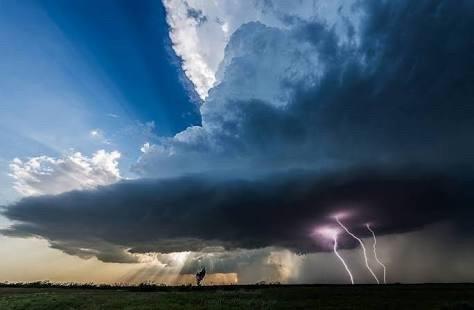5 The Work of Dangerous and Deadly Scientists

Scientists are those who are at the forefront of the development of science. Inevitably
they are often at the boundaries of danger. This danger threatens almost all scientists, whether space scientists, weather, biologists or the 'only' in the laboratory.
Some scientists who uncovered the universe and its contents, risked losing their lives. Here are five of the most deadly scientist jobs.
Blusher Can
Scientists who study can alias poison, must wrestle with deadly animals. For example cobra snakes, sharks to venomous lizards. Not infrequently the animals must be hunted in the wild. Even if they have to take venomous animals in the cage, they still have to challenge the danger.
Flushing can be a snake, for example, a scientist must press the snake's teeth into a tube. At that time also his hands must massage gland toxicity in order to get out. Not infrequently, they are also bitten. Most of these rouge can ever be bitten 24 times.Astronauts
If as a child you aspire to become an astronaut, think again. Astronauts are hard and dangerous jobs. Need hard training and harm. For example, holding back UV light shots, until the flight experiments that have a great risk of death.
Even those who have returned from outer space are still threatened by the danger of muscle weakness or bone fragility from being in a low-gravity space for a long time.Laboratory Technician
Being in a lab does not mean escape from danger. In addition to boring, work in the laboratory even a lot of unexpected danger.
Chemicals, toxic materials and hazardous equipment can actually lead to death.
Sheharbano Sangji, a student at UCLA, Los Angeles, died of burns while working with t-Butyllithium, a highly flammable substance.
Equipment such as MRI, a tool commonly used to measure brain activity, has a strong magnet. This magent can pull metal objects, such as from a gun to a wheelchair. When magentnya work suddenly, can hurt those who are near the MRI.Storm hunters
When the lightning rains hooded the sky, these people even approached her natural ferocity. They place the wind sensor and pressure as close to the source of the storm as possible. Of course this job stakes the life. Last May, veteran storm hunter Tim Samaras and his son and two colleagues died while chasing a storm in El Reno, Oklahoma.
According to one storm hunter, Tony Laubach, the danger of this work is a random and deadly lightning strike.Physiologic Crocodile
In the 1980s Roger Seymour, the physiologist of flora and fauna at the University of Adelaide Australia wrestled with crocodiles in the waters in complete darkness. Just armed with a rope, Seymour and his colleagues grapple with the crocodile. Crocodile captured on land. Then researched. After investigation the crocodile is returned to the water. But maybe crocodiles have a sense of resentment. The crocodile struck back against Seymour's camp.